Mr
Mrs
Ms
Miss
Mx
Dr
Prof
Master
Rev
Sir
Lady
Lord
Dame
Hon
Earl
Judge
Other
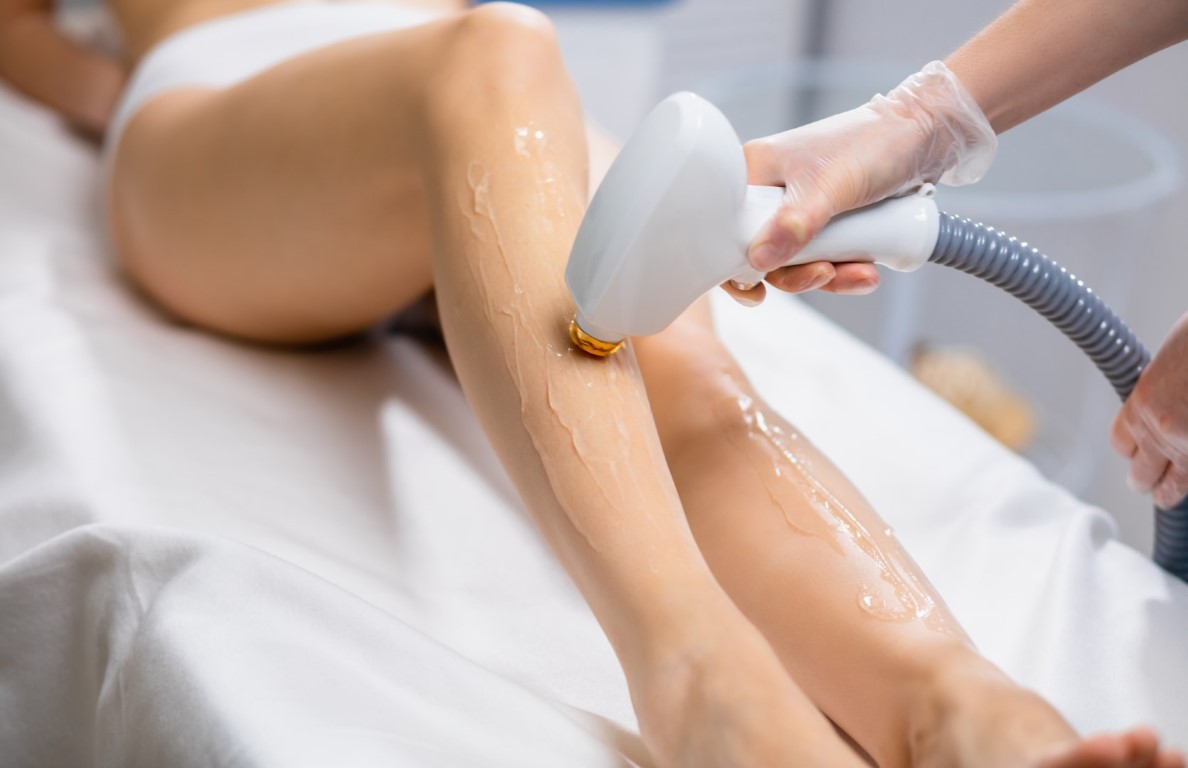
810nm diode laser has been proven by research as one of the most effective treatment modalities for hair removal. Laser energy emitted by the diode laser is used to prevent the regrowth of the hair. To do this, the light has to penetrate into the skin to reach the root of the hair. When the energy meets the melanin in the hair, the light is converted into heat. The darker, thicker and denser the hair, the more heat is produced. This heat damages the cells responsible for hair regrowth within the hair follicle in anagen phase of their growth cycle and in the immediate area around the hair, this stops hair from regrowing from the damaged hair follicle treated by laser and therefore stops growth of hair in the treated area.
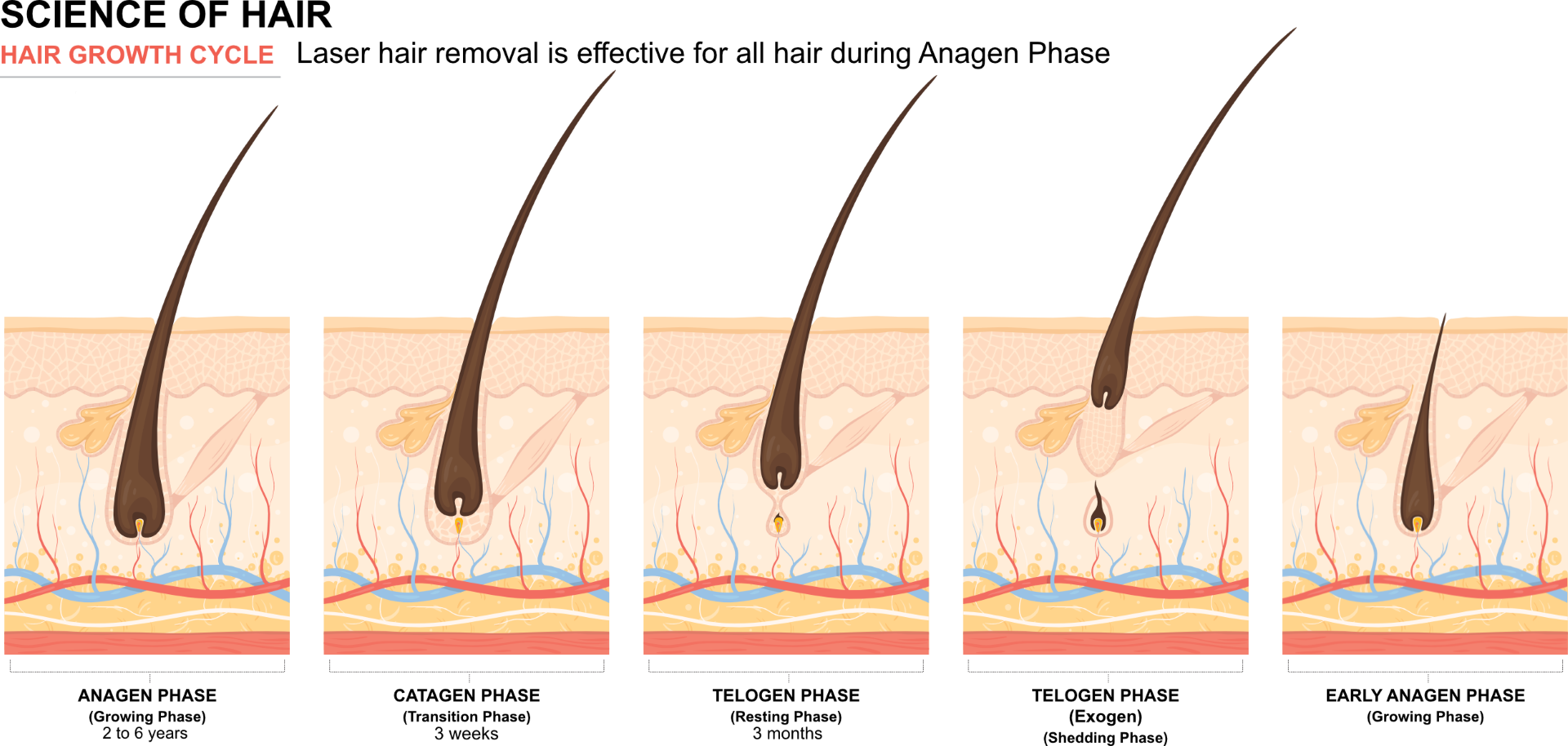
The treatment is comfortable as the head of the treatment laser is cooled to 4 degrees, and therefore cools the most superficial layer of the skin immediately before the light pulse, ensuring the treatment procedure is safe and painless.
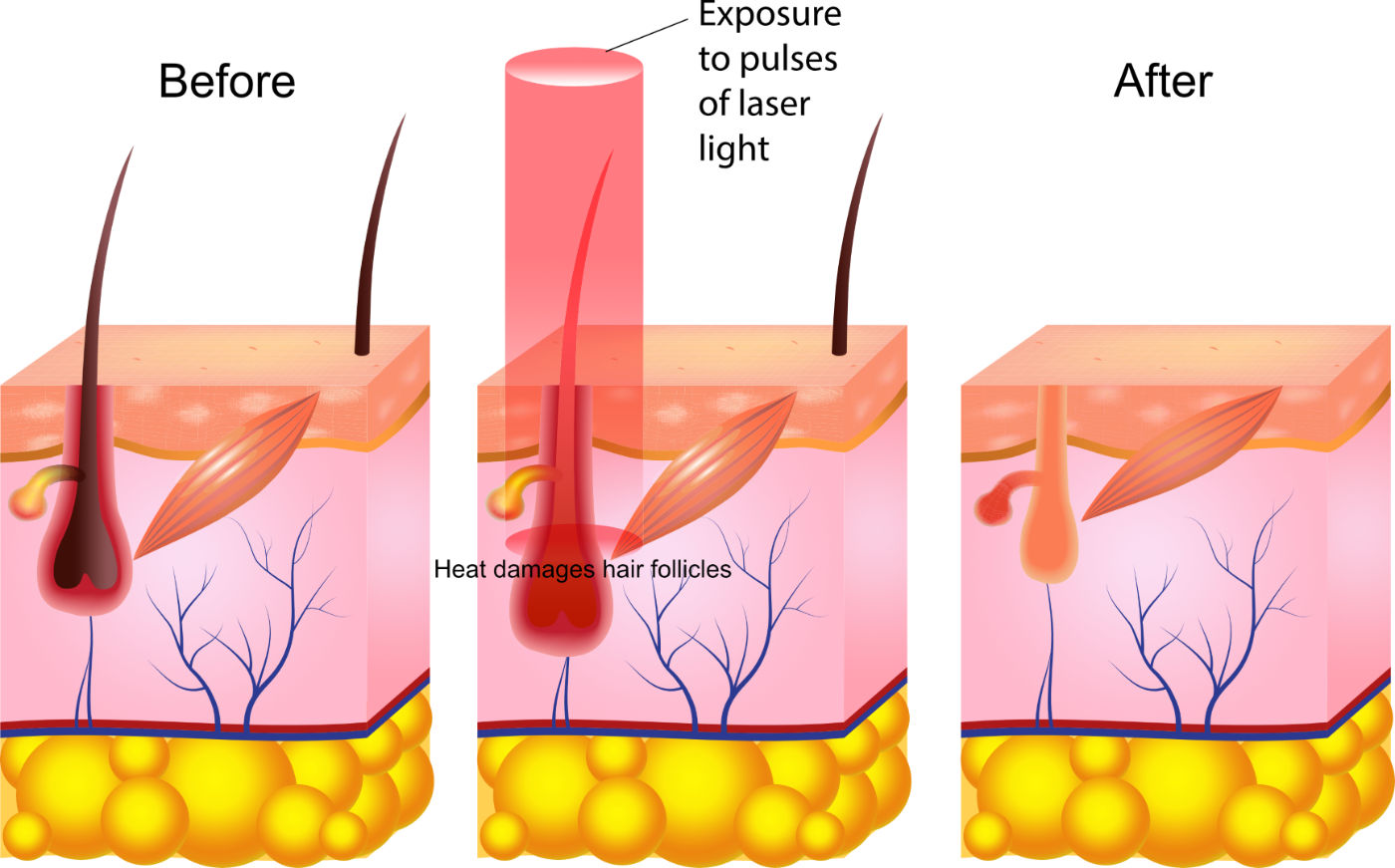
References
Goldberg DJ. One-year follow-up results of hair removal using an 810 nm diode laser. J Cosmet Dermatol. 2018 Oct;17(5):775-778. doi: 10.1111/jocd.12757. Epub 2018 Sep 24. PMID: 30251358.
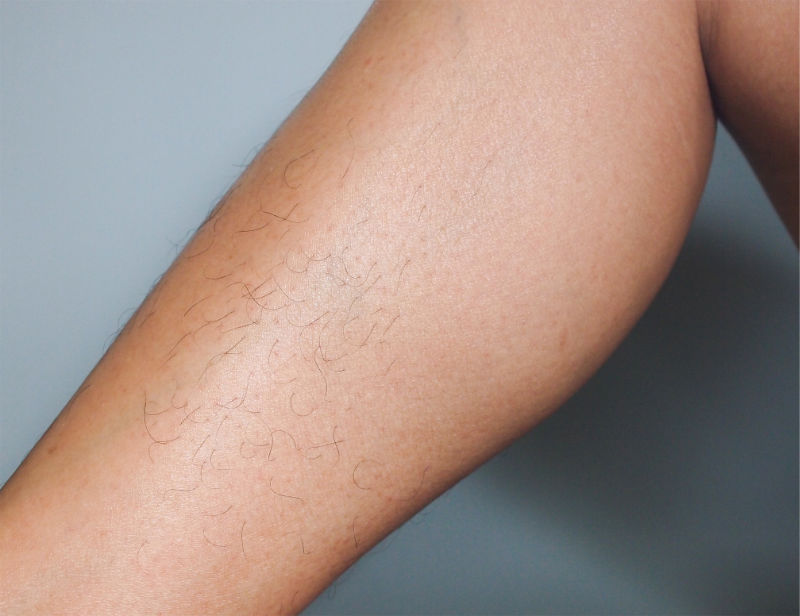
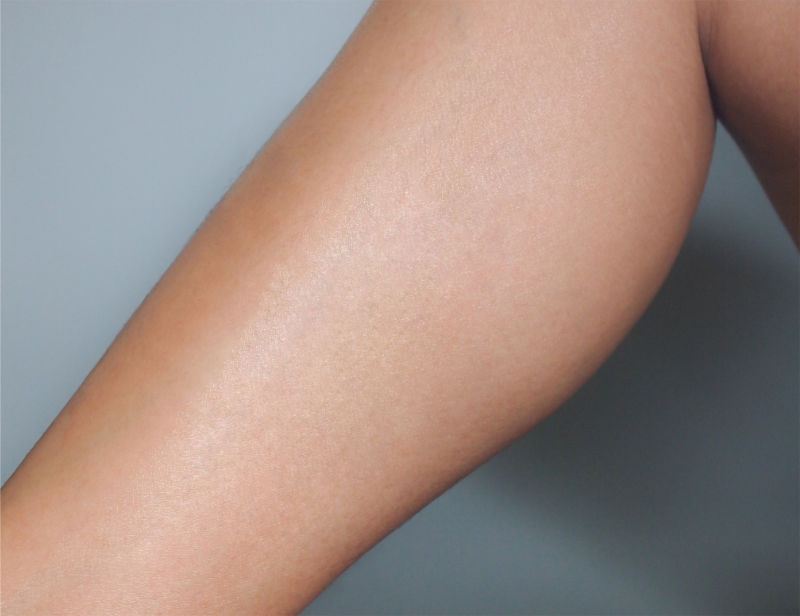
Everyone is different and it is just not possible to be accurate. According to a recent research article, where patients have 70% decrease in hair density after 3 sessions of 810nm laser treatment, due to the possibility of new hair follicles regrowing, to eliminate new hair follicle growth, the patient will require between 5 and 8 treatments to achieve higher percentage of hair clearance. The exact number of sessions required will vary depending on where the hair is, what has been done to the hair in the past and, of course, your individual response. Hormonal conditions, such as Polycystic Ovarian Syndrome (PCOS), will also have a significant bearing on how the treatment progresses. While hair follicle treated by laser may never grow hair again, your body can create new hair follicles and therefore there is always a chance you can have new hair coming out, depending on your genetic make up and hormonal condition.
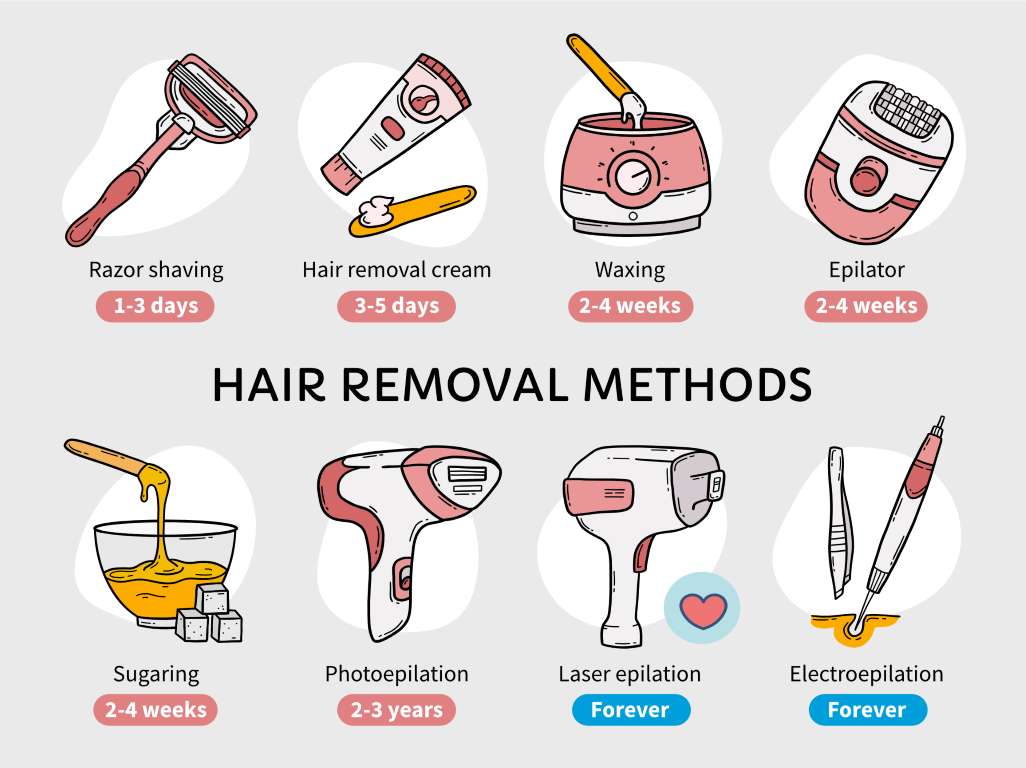
The treatment with diode laser is considered effective and safe on all skin types. As for every other medical treatment, undesired side effects after the treatment cannot be completely excluded. Lightening of the skin or hyper-pigmentation can temporarily occur and, in very rare occasions, small scars may form. A slight erythema, particularly perifollicular erythema, can develop especially for dark, thick hair. In any case, all these effects are reversible and will disappear within a few weeks. For further information about possible side effects please ask your practitioner.
The hair removal treatment should be avoided by anyone who is:
Hair over-growth is a common side effect of PCOS and because laser treatments do not interfere with medication or surgery, excessive hair growth can be treated at any stage of the medical treatment (with the exception of immediate post-operation where surgery is required). Hair Removal treatment using laser devices is effective for women with PCOS. However as unwanted hair growth in women is hormonally driven, until hormonal imbalances are resolved, increased hair growth may continue in spite of hair removal treatments, this means new hair can grow from newly formed follicles stimulated by hormonal change. Where for most women, hair removal may be a permanent depilation technique, for women with PCOS, hair removal is an on-going management technique. However, treatment will significantly reduce the amount of hair present and slow down re-growth.
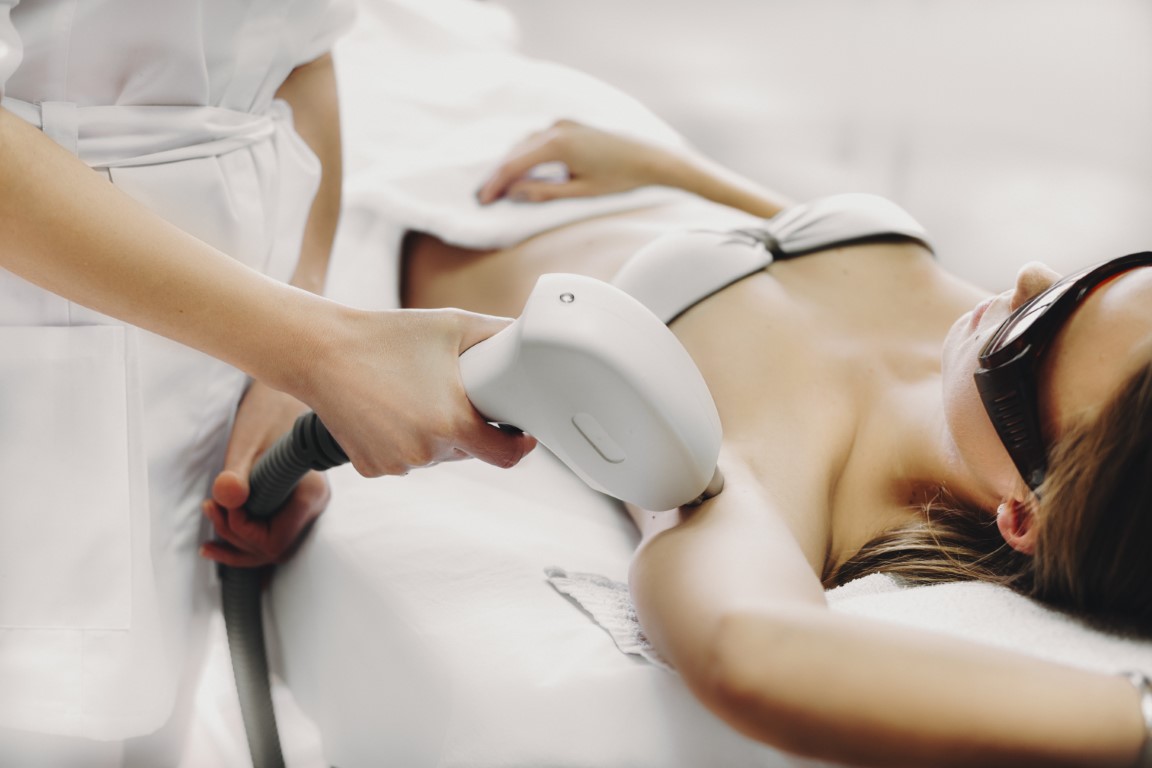
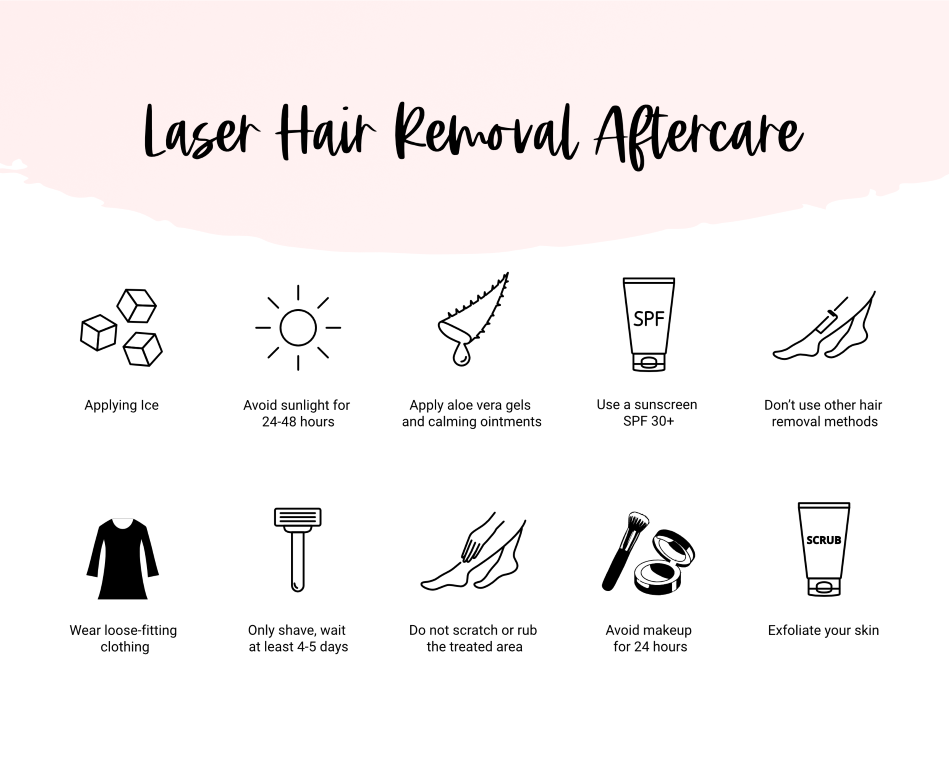
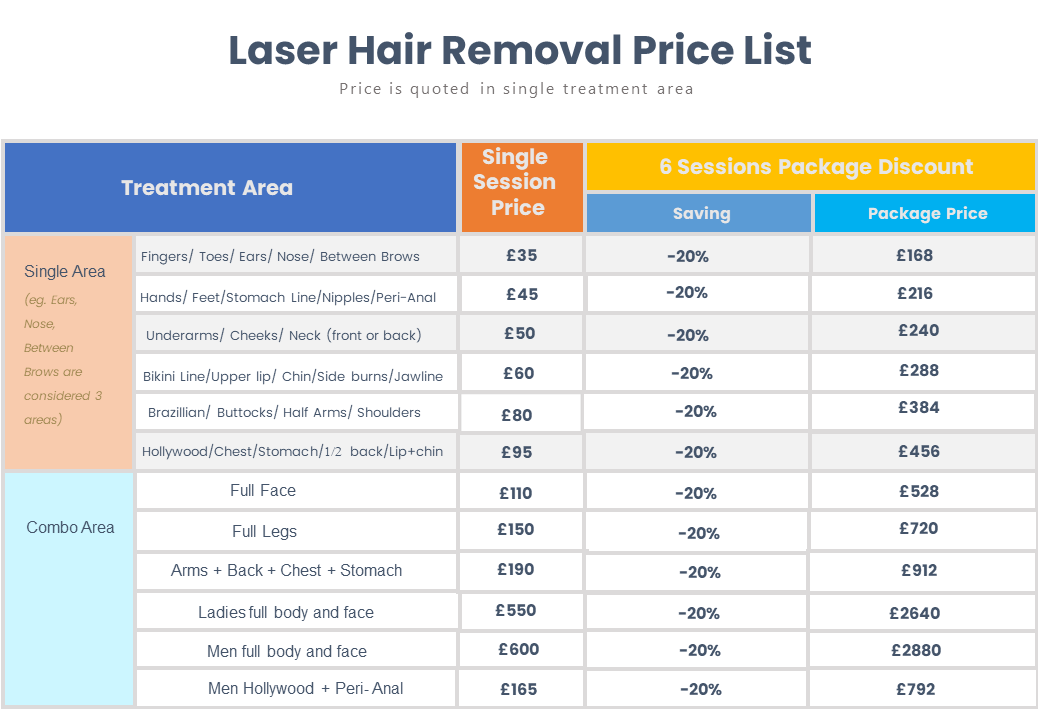
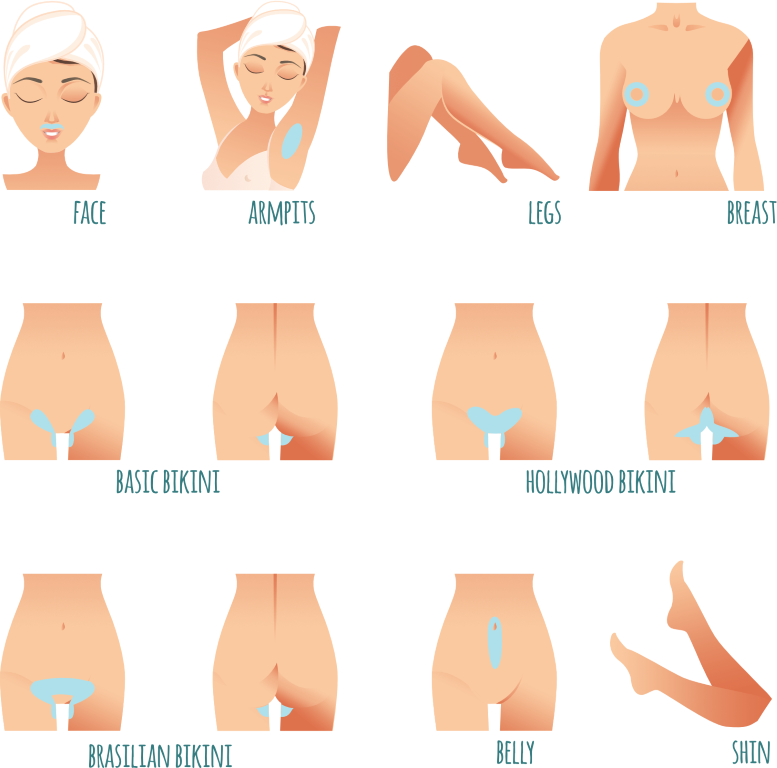
Hair Removal